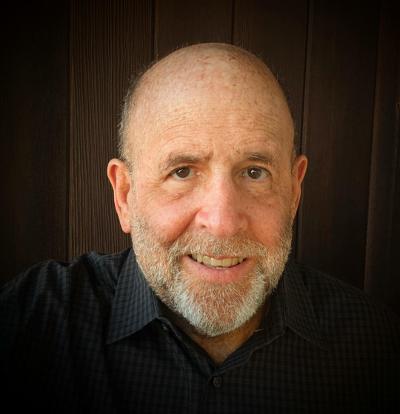
By Andrew Malekoff
The Bipartisan Safer Communities Act was signed into law July 11 by President Biden after Congress passed the first significant gun safety measure in nearly 30 decades.
It will enhance background checks for gun buyers under 21, support state Red Flag laws aimed at persons who are believed to be a danger to themselves or others, disarm domestic abusers, clarify who must run a background check, crack down on interstate gun trafficking, fund community violence intervention, invest in community-based children’s mental health services and provide school safety funding.
After the signing ceremony Biden tweeted, “With the Safer Communities Act, we’ve moved the mountain of obstruction and indifference that has stood in the way of gun safety laws for decades. Now – in the name of those we’ve lost in elementary schools, grocery stores, parades – it’s time to galvanize that movement.”
It’s a start!
Having worked in the field of children’s mental health for nearly a half century, I am often asked what I think are the causes in the explosion of mass shootings by young men in America.
(1). First and foremost, I believe that poorly regulated access to firearms and weapons of war, in particular, is the No. 1 problem.
It is true that a person intent on mayhem and murder, if they have no access to guns, can find other means to carry out their deranged wishes.
For example, in 1995 Timothy McVeigh, then 27, bombed the Alfred P. Murrah Federal Building in Oklahoma City, OK. He killed 168 people, 19 of whom were children. More than 680 others were injured in the blast.
McVeigh, a Gulf War veteran, was enraged about the 1993 siege in Waco, TX, that resulted in the deaths of 82 people, many of whom were children. His aim in bombing the Murrah Building was to inspire a revolution against what he viewed as a tyrannical federal government.
McVeigh’s weapon of mass destruction was a 5,000 pound bulk industrial explosive, mounted inside a rental truck. Although, theoretically, anyone could have pulled this off, in 2022 America automatic weapons are much easier to obtain and conceal if one’s goals are to commit mass murder and arouse widespread terror.
(2). Second, the question of mental health looms large in debates regarding the causative factors leading to mass shootings. It is an argument favored by those most averse to common sense gun reform. The argument is captured in this popular slogan: “Guns don’t kill people – crazy people kill people.”
Early screening for mental health problems and timely access to affordable, quality mental health care are critical under any circumstances. However, let’s be clear that people living with mental illness are disproportionately the victims and not the perpetrators of violence.
(3). Third, the Internet and social media offer alternative “communities” for alienated and disturbed young people seeking some semblance of acceptance and belonging. These include social networking sites that instigate violence. Increasingly, social media is weaponized through the use of misinformation and disinformation intended to influence users’ behavior.
Easy access to such fringe communities begs the questions: How can we best identify young people who are drawn to such social networks and what can be done to help them, early on, to build prosocial connections in school and in the community to mitigate against violence?
(4). Fourth, and finally, the taboo and norms against committing mass murder are gradually dissipating to the point that increasing numbers of disaffected young people are actively exploring executing violent acts.
Taboos are behaviors typically prohibited by social custom. Norms are standards of social behavior that are tacitly agreed upon.
For example, although coming to a full stop before proceeding through a stop sign is the law, it is also a norm. It is an implicit agreement among fellow citizens to look out for one another.
More than a law, it is standard of a civil society.
Nevertheless, that norm—coming to a full stop at a stop sign, no longer exists. In my experience, it is serially violated and rarely enforced. Pedestrians no longer have the right of way. Drivers do.
Similarly, the taboo against mass murder seems to have disappeared into thin air. Shadowy figures like Ted Bundy and David “Son of Sam” Berkowitz, who operated under the cover of darkness, are being replaced by a new breed of mass murderers – lost yet emboldened adolescents and young adults with AR-15s, operating in the clear light of day.
Limiting ready access to weapons of war, instituting preventive mental health screenings and care, better engaging and connecting with alienated children and teens, more aggressively monitoring and regulating social networks, and restoring prosocial norms are all on the menu if the horrifying ocean liner of mass murder is to be incrementally turned.






